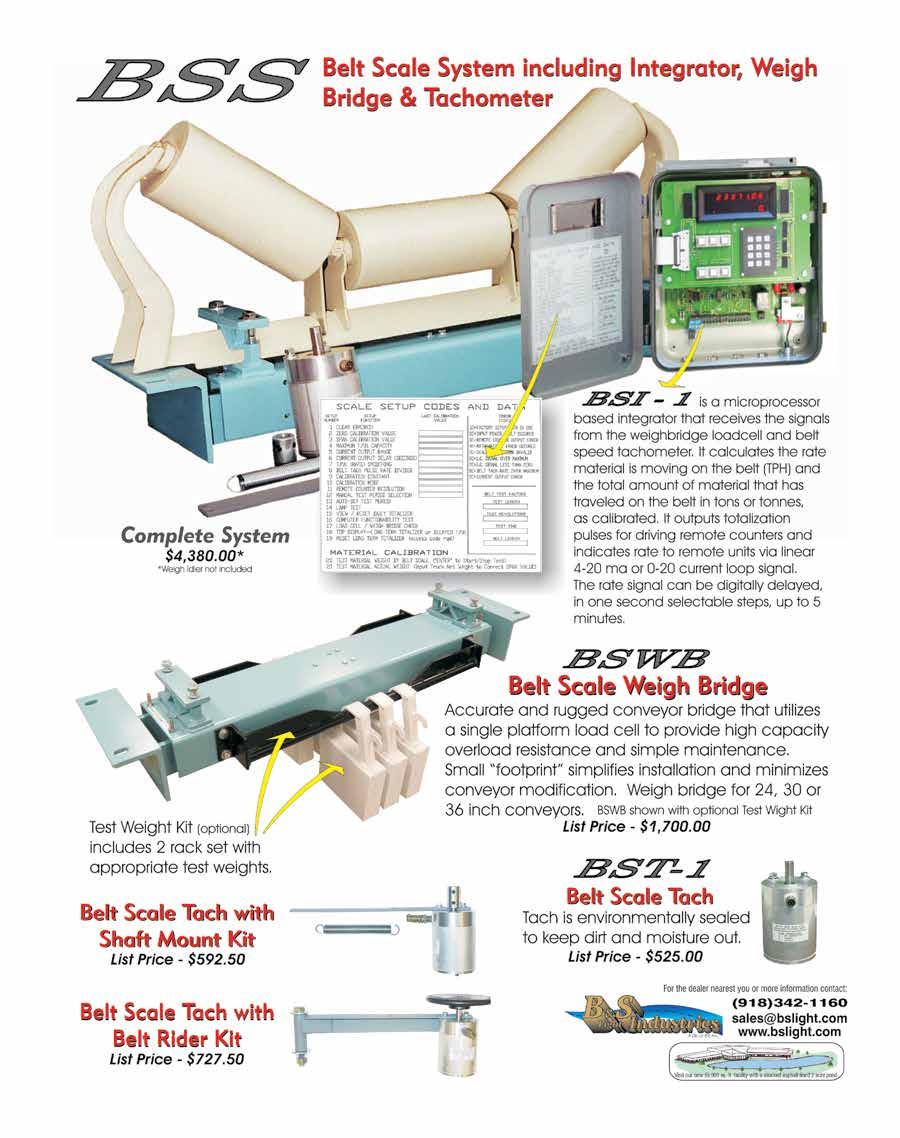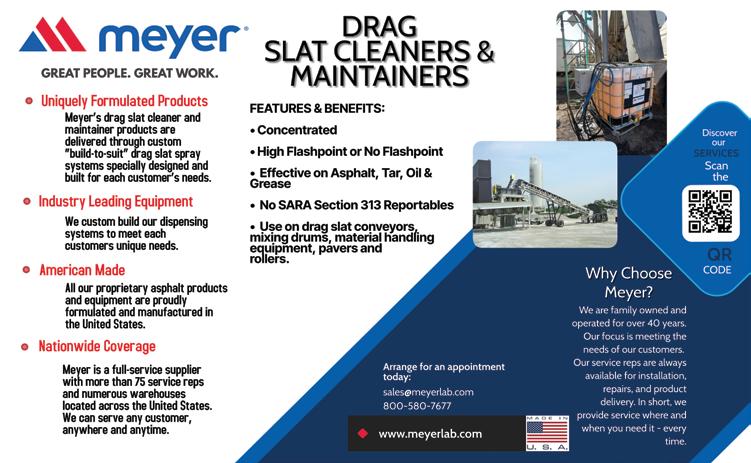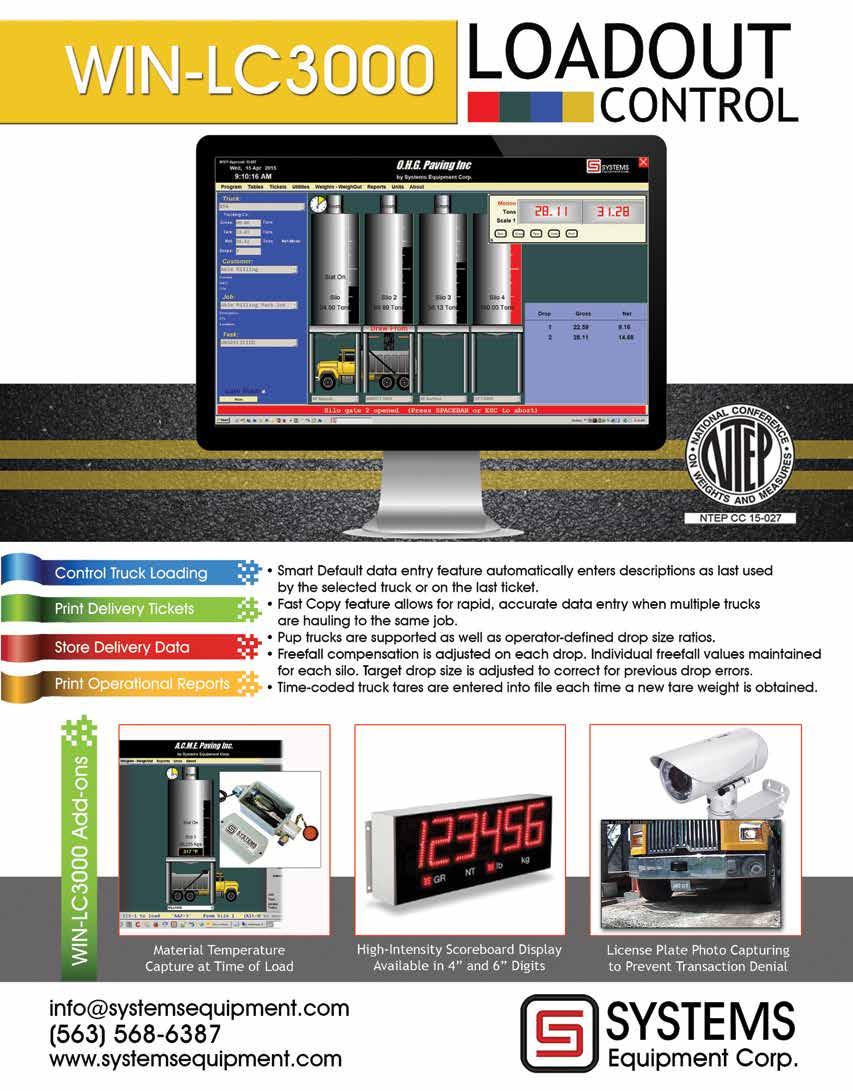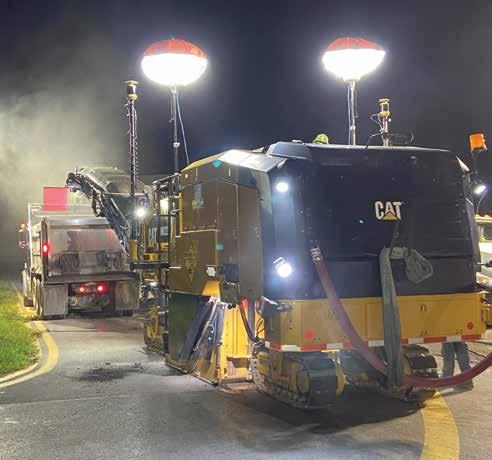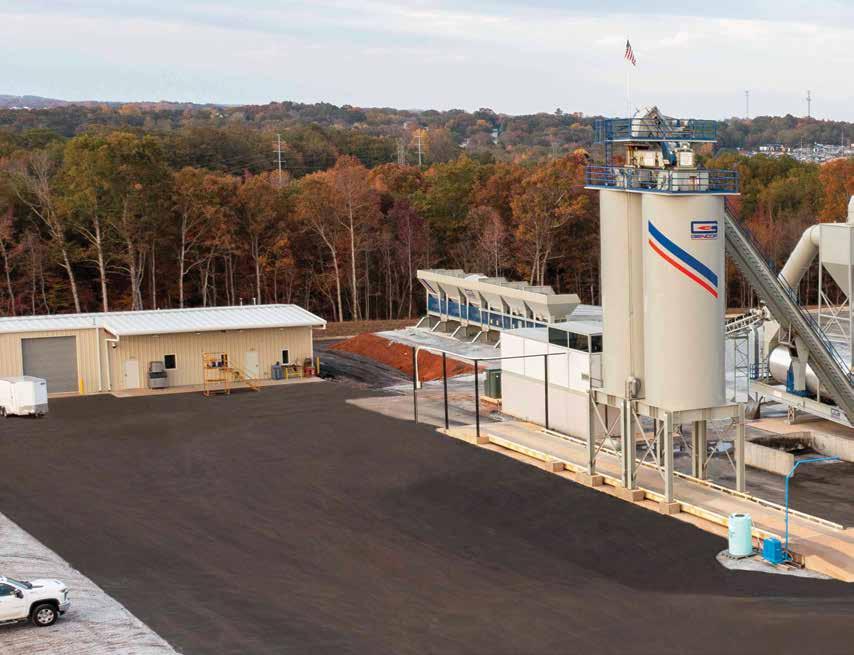
1 minute read
PAVEMENT MAINTENANCE
first 18-36 months of the structure’s life. You want to bring out the tape measure for some of these and make sure the cracks are within 1/8- to 1-inch wide. You’re looking for pattern cracking—longitudinal and transverse—but not an excessive amount. Also, perimeter sealing around utility cuts is ideal for crack sealing.
Hot pour mastics are designed to be a bit more robust. They return structural integrity to voids in the pavement while waterproofing yet remain flexible. They can improve ride quality and are typically used as a standalone repair or prior to another surface treatment. Again, think of compatibility of processes.

Some good candidates for using hot pour mastics include those pavements with wide, deep cracks (greater than ¾-inch wide, 1-inch deep). The aggregates must penetrate the bottom of the void. If you need to repair a pavement distress, fill a pothole, cap a utility cut, repair the joint failure between a pavement and shoulder, perform skin patches where alligator cracking is taking place, repair raveled pavements, fill in around raised manholes or drains, even up ruts or adjoining pavements, level a bridge approach and so on, the hot pour mastic is a fine choice.

The next National Pavement Expo is set for Jan. 23-25, 2024, in Tampa. Visit https:// nationalpavementexpo.com/.
There is a minimum standard of performance for mastics, but the ASTM D8260 sets the bar fairly low. This means you may see different performance characteristics from manufacturer to manufacturer, even if the product meets ASTM’s standard. In other words, every mastic is a little bit different. You’ll want to talk to the manufacturer’s rep about the limits of their products. Find out what type, size and quantity of aggregate is incorporated in the product.
Keep in mind, our industry is maturing in the use of hot pour mastics. Improvements in uniformity are coming and will allow the crack-fill contractor to make better estimates and give better results to customers.
When you’re looking at cost comparisons, keep in mind what your workforce will have to do to prepare the product and surfaces as well as what installation equipment you’ll need to apply the product. While most hot pour sealants are priced by the pound, it’s easier to compare mastics when pricing by the gallon. Look at the anticipated life cycle of sealant versus mastic as well as the availability of materials in your region.

